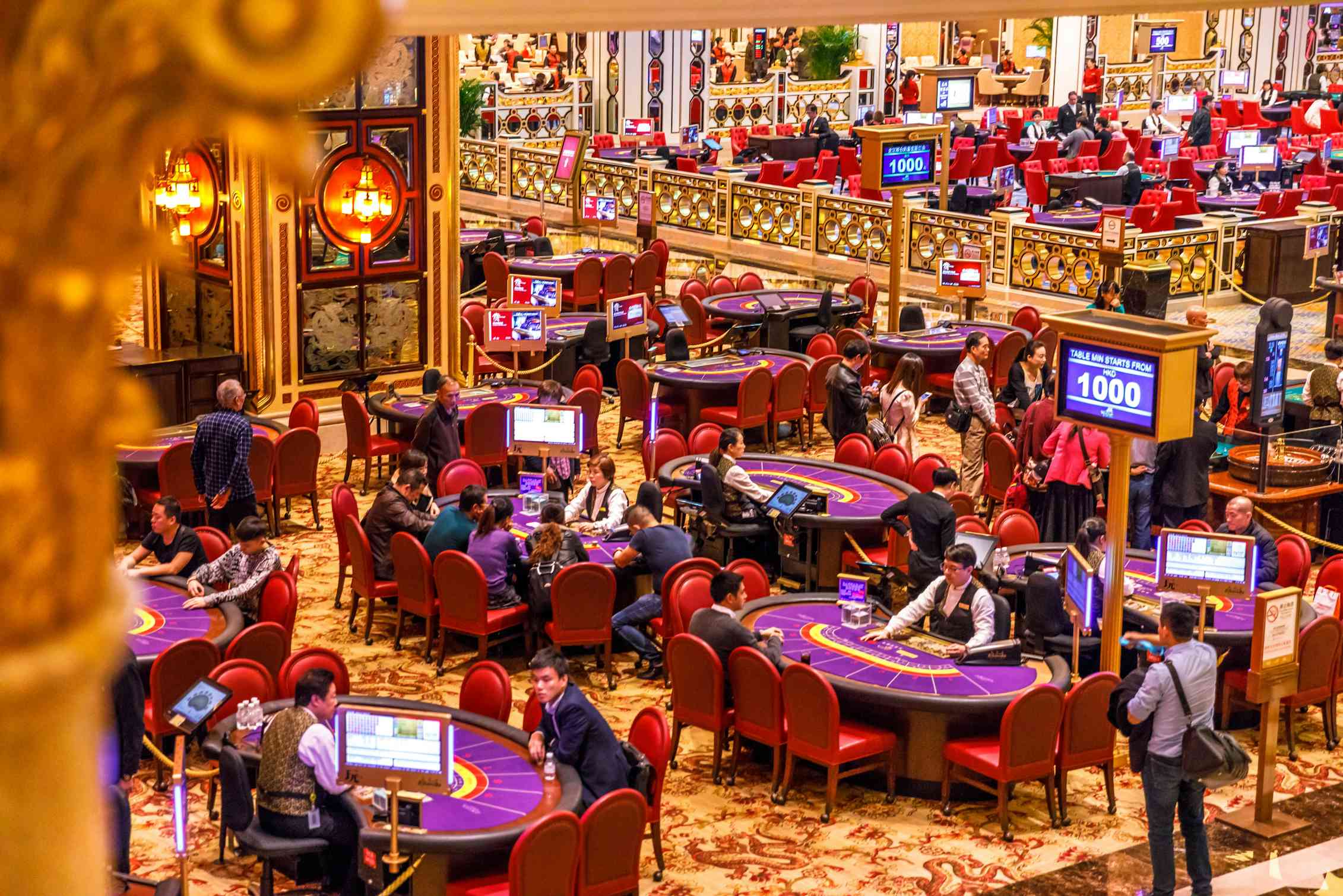Within the vibrant and thrilling world of casinos, where luck and tactics intertwine, hues and aesthetic play a key role in drawing in gamblers. From the moment visitors step into a casino or access a gaming platform, they are enveloped in a visual feast that grabs their attention and entices them to discover more. Vivid colors, engaging graphics, and creative layouts are meticulously crafted to create an environment of thrill and anticipation, ultimately improving the gaming encounter.
As players move through the ever-changing landscape of casino games, they encounter a range of designs that not only serve aesthetic purposes but also affect emotions and choices. Hues like red and yellow symbolize wealth and luck, while soothing navy and greens can create a more relaxed environment. Understanding how these elements work together allows casinos to create an inviting and energizing atmosphere that encourages players to interact with the games, spend more time at the tables, and boost their general enjoyment.
The Study of Color in Gaming Establishments
Tint plays a crucial role in the development of gaming experiences, affecting players’ emotional states and actions. Lively and vibrant colors, such as scarlet and yellow, are often used to ignite thrill and attract notice. These colors create a feeling immediacy and energy, encouraging participants to involve themselves more eagerly with the experience. By strategically selecting colors, creators aim to evoke emotions of joy and expectation, which can enhance the total game experience.
Various colors also have psychological connotations that can impact how players perceive their possibilities of victory. For case, emerald is often associated with luck and wealth, making it a frequent choice in games like roulette and poker games. This connection can lead gamblers to feel more positive and assured in their gameplay, ultimately motivating them to stake more. Understanding these connections allows game developers to create environments that enhance player happiness and loyalty.
In addition, the design of gaming interfaces often utilizes blended colors and differing colors to guide players’ actions. For case, successful outcomes may be accentuated with vivid, contrasting shades, creating a visual reward. This technique supports positive outcomes and promotes repeated participation. By utilizing the psychology of color, casinos can create games that not only captivate gamblers but also hold them interested and dedicated in their gaming experience.

Creative Features that Engage Players
The visual appeal of gambling games is primarily influenced by the implementation of vibrant colors. F168 NEWS Lively and contrasting colors are deliberately chosen to create an inviting atmosphere that captures interest. For example, crimson and golden hues often signify luck and prosperity, which is why they are prevalent in the palettes of gaming machines and table surfaces. These colors not only draw players in, but they also stir emotions associated with excitement and anticipation, enhancing the overall gaming experience.
In addition to color, the design and organization of gambling games play a crucial role in captivating players. Games are designed to be intuitive, ensuring that players can quickly understand the guidelines and mechanics. User-friendly interfaces, along with captivating graphics and motion, help maintain player interest and promote longer play sessions. The tactile elements, such as the feel of the buttons and the audio of the games, also add to a comprehensive sensory experience that keeps players engaged.
Finally, thematic elements in gaming design can greatly influence player choice. Many casino games are inspired by media, fairy tales, or adventure themes, featuring symbols and characters that resonate with players. These themes create a sense of immersion and relatability, making each game feel distinct. When players feel a bond to the concept, they are more likely to choose that game over others, leading to higher participation and enthusiasm within the gambling environment.
Case Studies: Effective Gambling Game Designs
One key example of effective gambling game design is the popular slot machine series themed around popular movies. Games such as those based on the The Wizard of Oz and Game of Thrones utilize dynamic colors and high-quality graphics to enthrall players in recognizable narratives. The application of moving visuals and engaging sound effects takes the interest of players, building an psychological connection to the theme. This approach not only encourages longer play but also improves the overall gaming experience, leading to increased player retention.
Another notable case is the application of the psychology of color in table games like blackjack and roulette. Casinos often develop these games with deep reds and greens, colors traditionally connected with luck and wealth. For instance, the emerald felt on a 21 table provides a calming effect, while the crimson accents in the wheel invite thrill. This thoughtful use of color helps to create an inviting atmosphere that motivates players to engage, fulfilling their psychological impulses and increasing their enjoyment.
Finally, social casino games that feature community features and bright, colorful designs have achieved remarkable success in engaging players. Games like Zynga Poker and Slot-O-Mania leverage vivid colors and playful animations to create an inviting online environment. The addition of leaderboards, community sharing options, and in-game rewards encourages competition and community, drawing players in for longer sessions. Such designs not only make the games visually attractive but also underscore social interaction, a crucial factor in player retention and engagement within online casino environments.